- Over 1 million successful rentals
Car Hire Senegal
Save time and money. We compare the offers of car rental companies in Senegal on your behalf.
- Free cancellation Up to 48 hours prior to the scheduled pick up time
- Best price guarantee Have you found a better price? Let us know and we will make you a better offer.
- 24000+ pick-up locations Locations around the world
Compare Car Hire
Carrentals.co.uk offers simple and straightforward car hire comparison services. We don't add a penny to your quotes!
Car rental offers in Senegal
Whether you're looking for a small rental car or a station wagon for the entire family, we will always have a suitable vehicle for the lowest price. Below are some examples from our selection in Senegal.
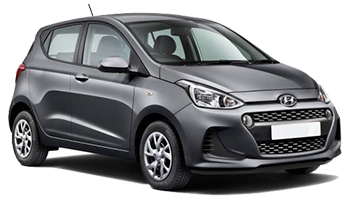
-
Sixt From£ 53 /day
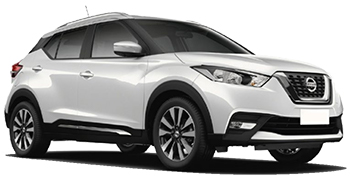
-
Sixt From£ 89 /day
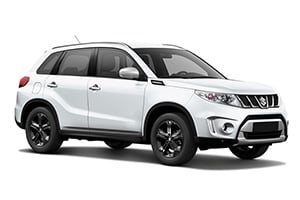
-
Sixt From£ 93 /day
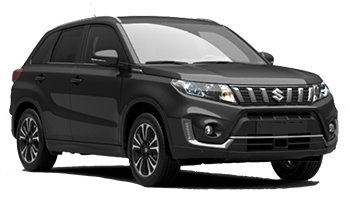
-
Sixt From£ 98 /day
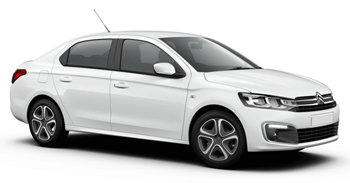
-
Sixt From£ 58 /day
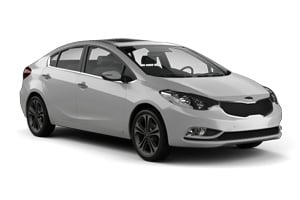
-
Sixt From£ 75 /day
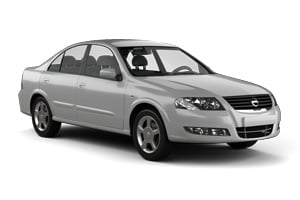
-
Sixt From£ 81 /day

-
Sixt From£ 85 /day
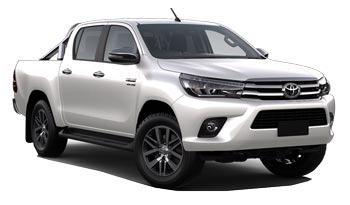
-
Sixt From£ 95 /day
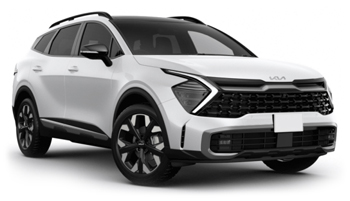
-
Sixt From£ 96 /day
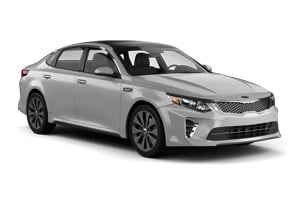
-
Sixt From£ 92 /day
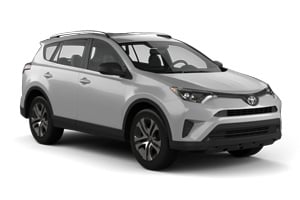
-
Sixt From£ 149 /day
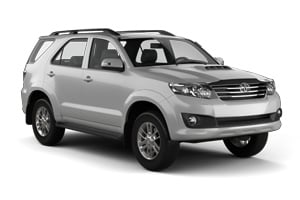
-
Sixt From£ 157 /day
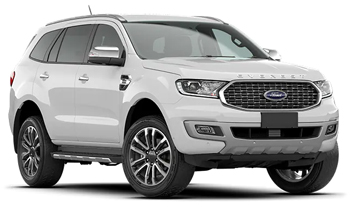
-
Sixt From£ 164 /day

-
Sixt From£ 85 /day

-
Sixt From£ 93 /day

-
Sixt From£ 96 /day

-
Sixt From£ 98 /day

-
Sixt From£ 149 /day

-
Sixt From£ 157 /day

-
Sixt From£ 164 /day

When to book a rental car in Senegal
Senegal - When is the most affordable time to rent a mini class car?
At this destination (Senegal), May is the most affordable time to rent a mini class car with an average daily rate of
Senegal - When is the most affordable time to rent a economy class car?
At this destination (Senegal), May is the most affordable time to rent a economy class car with an average daily rate of
Senegal - When is the most affordable time to rent a compact class car?
At this destination (Senegal), May is the most affordable time to rent a compact class car with an average daily rate of
Senegal - When is the most affordable time to rent an intermediate class car?
At this destination (Senegal), August is the most affordable time to rent a intermediate class car with an average daily rate of
Senegal - When is the most affordable time to rent a standard class car?
At this destination (Senegal), July is the most affordable time to rent a standard class car with an average daily rate of
Senegal - When is the most affordable time to rent a full-size car?
At this destination (Senegal), May is the most affordable time to rent a full-size class car with an average daily rate of
Senegal - When is the most affordable time to rent a SUV?
At this destination (Senegal), December is the most affordable time to rent an SUV with an average daily rate of
Car rental locations in Senegal
Carrentals.co.uk compares rental car prices at the following destinations

Senegal Guide
Senegal is best explored by rental car. Carrentals.co.uk has over 1 pick-up locations in Senegal. This means there is always a pick-up location close to your destination.
Most popular car hire locations in Senegal
Driving
Senegal is not one of West Africa’s most visited countries, but its diverse landscapes, musical culture and beautiful architecture make it a country well worth exploring. Its colourfully dressed, friendly locals can be seen no matter where you go, and the wildlife that can be spotted is phenomenal. By car, it is possible to discover the beaches and villages along the coast, cruise along the Casamance River, drive through the mountains and visit historical and holy cities.
Driving Tips for Senegal
Main roads through the country are in good condition, while small routes are generally in poor condition and a four-wheel drive vehicle is needed. Driving at night should be avoided due to poor lighting, as should driving during the rainy season when floods and landslides occur. There is little signage in Senegal apart from signs indicating speed limits.
Driving licences: UK drivers need to have an International Driving Permit to drive here, which must be accompanied by a UK photo driving licence.
Which side does Senegal drive on: the right.
Speed limits: refer to signage throughout the country for speed limits, as they vary according to road conditions.
Alcohol limits: it is illegal to have any alcohol in your blood while driving here, compared to the 0.08 per cent limit in the UK. Severe punishments are given to those caught driving under the influence.
Driving age: 18 years.
Seatbelts: must be worn by all occupants, if fixed. There are no laws regarding child restraints but it is highly recommended to use a child seat for children under the age of six.
Mobile phones and GPS: mobile phones can be used with a hands-free kit; otherwise, their use is prohibited while driving. GPS is allowed but is not very useful due to the lack of signage on the roads.
Cost of fuel in Senegal: slightly cheaper than in the UK.
Car hire and fuel payment: most petrol stations only accept cash payments, not credit cards. Credit cards can be used to hire a car, but the holder must inform the card company that the card will be used here before travelling.
Insurance: third-party liability insurance is included with the car hire rate but it is recommended to get additional coverage.
Traffic and parking: driving in Dakar should be avoided due to heavy traffic and the poor driving standards practised by the locals. Many hotels have car parks, as do main sights such as national parks and beaches. It is not recommended to leave a vehicle unattended on a street or in an unsecure car park.
Transport
Taxis
Shared taxis, known as sept-place, makes for a quick way to get around. These vehicles are seven-seater, beat-up station wagons that travel to all areas of the country. A trip from Dakar to Ziguinchor will set you back around £12 per seat. Taxis are available in most cities and run on fixed rates so there is no need to negotiate before jumping in.
Buses
Cars rapides are a common and cheap way to travel around the country, and are basically decrepit minivans. They have fixed rates based on distance, but no journey should cost more than around £0.20. Dakar has its own dependable public bus network, with the minimum fare also around £0.20.
Airports
Senegal’s Léopold Sédar Senghor International Airport is the country’s largest international airport. No flights are available directly from the UK but there are direct flights arriving from Paris, Madrid, Milan, Brussels and Lisbon. Blaise Diagne International Airport is currently under construction and will replace Léopold Sédar Senghor. Another option is to fly into Cap Skirring Airport, which receives flights from Paris-Orly and can be found at the southwest corner of the country. UK citizens can visit Senegal for up to 90 days without a visa.
Explore
Exploring Senegal
Nearly all visitors start their Senegalese holidays in Dakar, the country’s capital and largest city. Here, visitors can learn about the culture before exploring the country further by visiting the IFAN Museum of African Arts (Musée Théodore Monod d’Art Africain), the Dakar Grand Mosque or the Senegal Zoo.
To the north is Saint-Louis, which is located both in the Sahel and on a narrow island opposite the Senegal River. This former capital city is home to some of the oldest sights in the country, including the Governor’s Palace, Parc Faidherbe and the old city that is filled with colonial architecture.
Central Senegal is less popular for tourism although has much to offer, such as the Great Mosque in the holy city of Touba, the ethnic Sérères people in Mar Lodj and the Ancient Mounds in Palmarin.
Casamance in the south of the country is home to beautiful beaches, lush forests and the cosmopolitan city of Ziguinchor, and has a fantastic music scene, specifically featuring the Djembe drum.
The Tambacounda region, in the eastern part of the country, has the richest music and dance heritage, and is the centre of eco-tourism. Here, visitors can explore the magnificent Niokolo-Koba National Park, which is home to woodlands, wetlands and fantastic wildlife.
Weather
Senegal’s climate varies depending on region, but generally the country has a tropical climate with a wet and dry season, both of which are humid and hot. Dakar and the Cap Vert-Thies region are the driest places in the country, with average temperatures of 30°C in the wet season and 26°C in the dry season. The country’s interior, including Central Senegal and Tambacounda, is warmer and wetter than the coast, with an average temperature of 30°C, but the mercury can reach a scorching 54°C. The southern Casamace region experiences the most rainfall, with areas along the coast being cooler than those in the interior.
Practical information
-
CurrencyWest African CFA franc
-
Driving directionRight
-
Freeway speed limit90 km/h
-
LanguageFrench
-
Popular car categoryIntermediate
What most people want to know
The following questions and answers are a selection of the most popular questions. If you do not find the answer to your question, have a look at the Frequently Asked Questions page or contact us.
- Sixt
- Avis
- Europcar